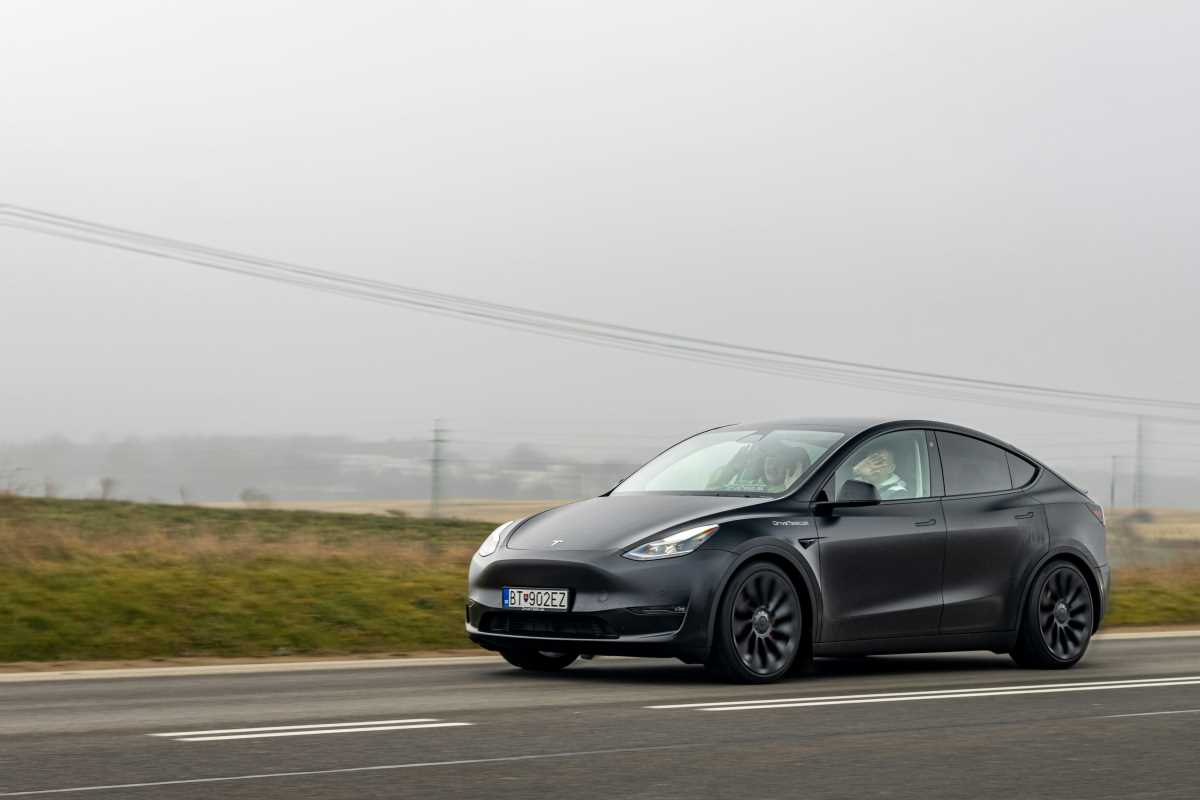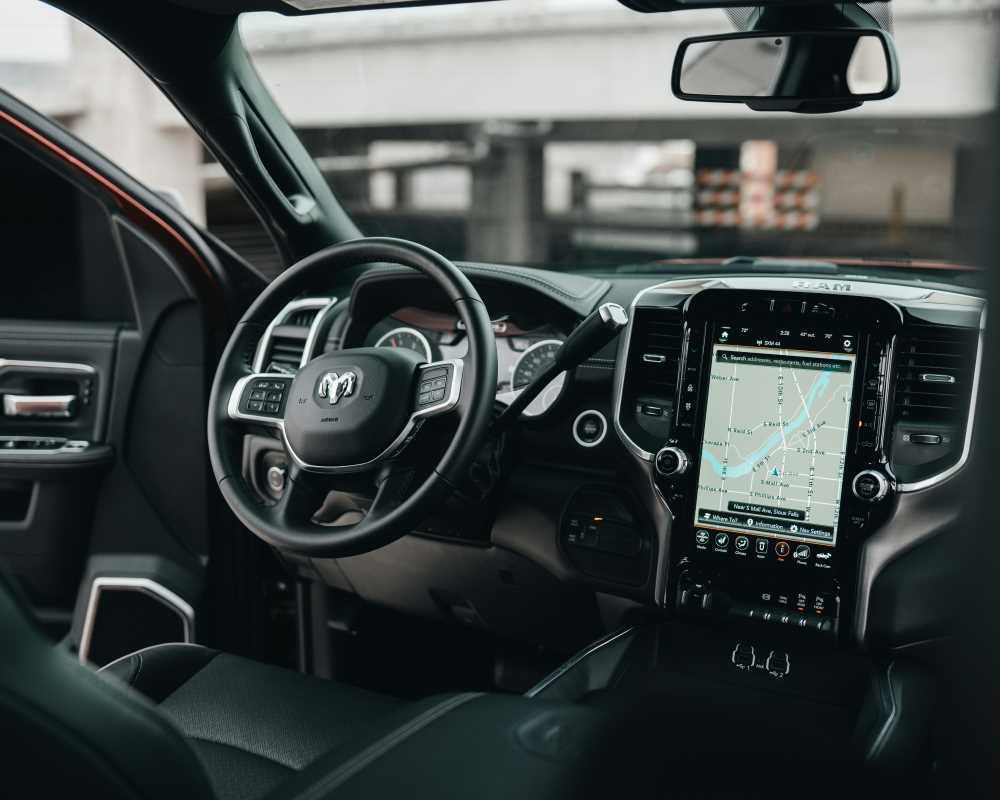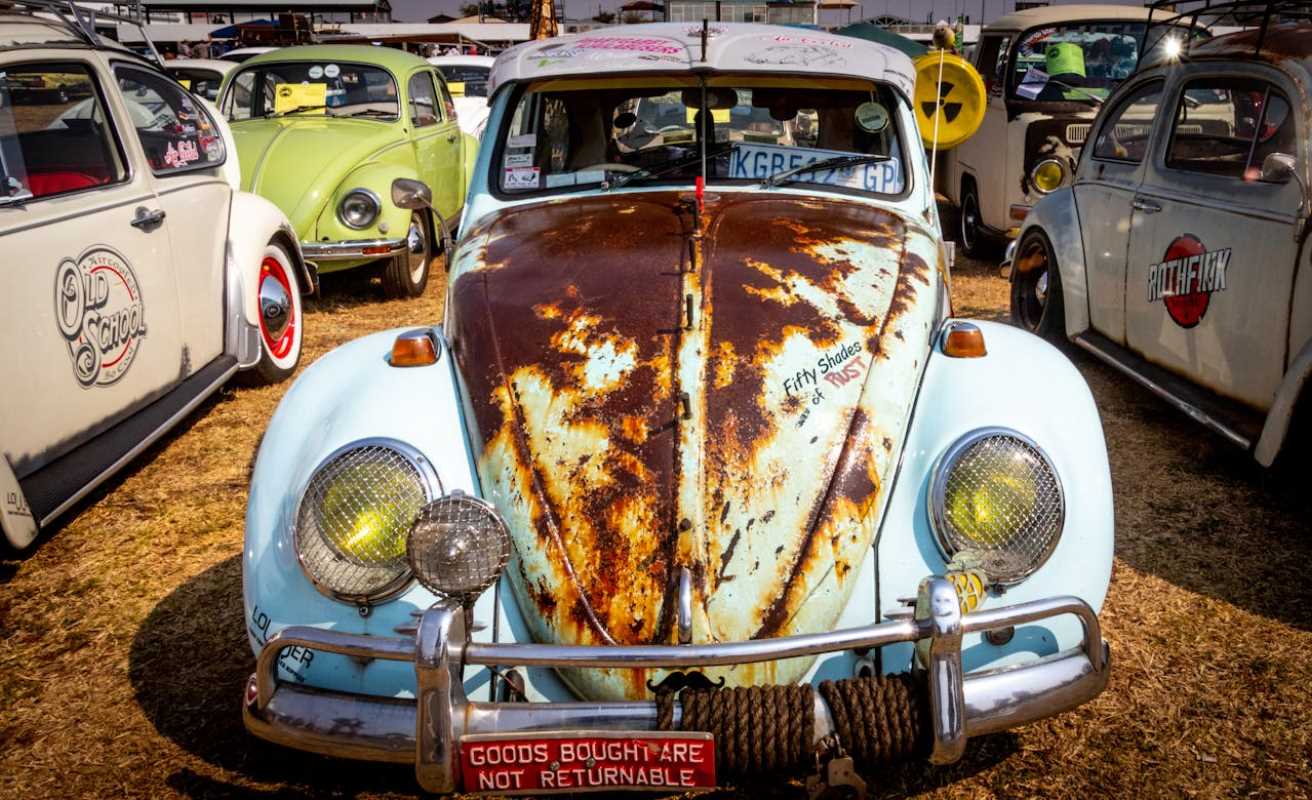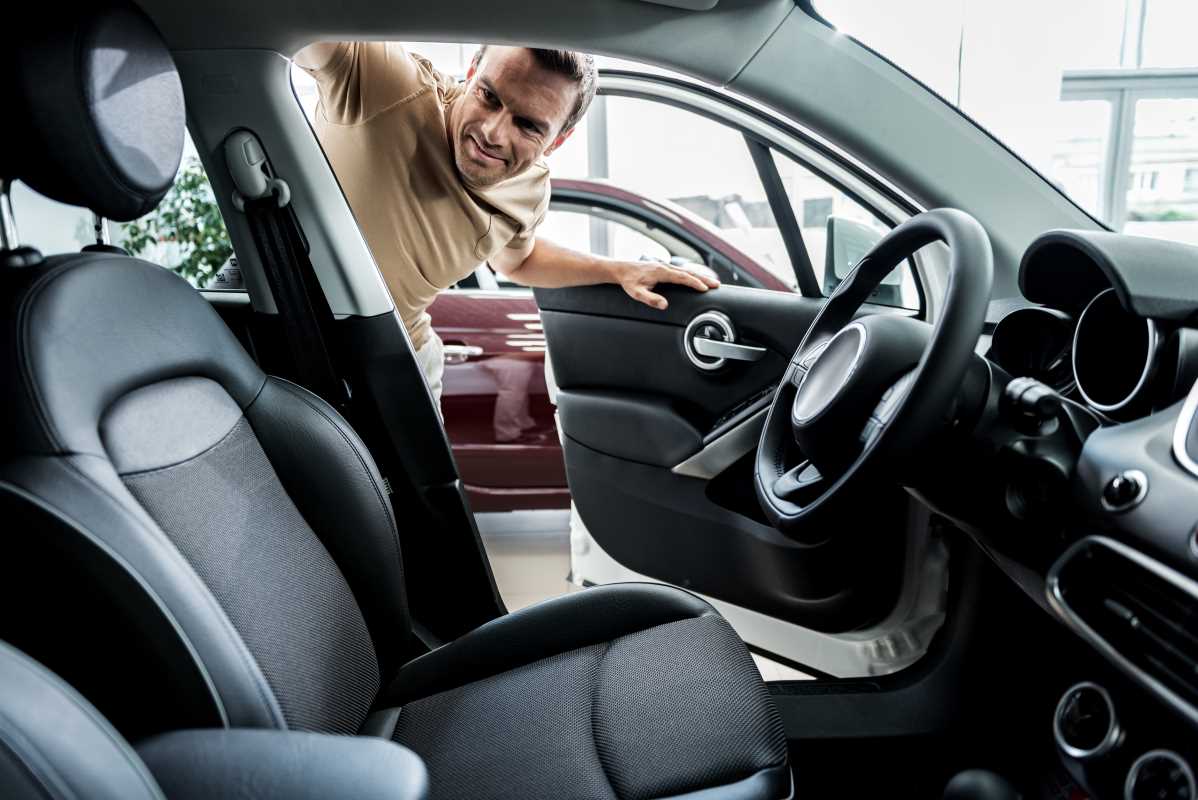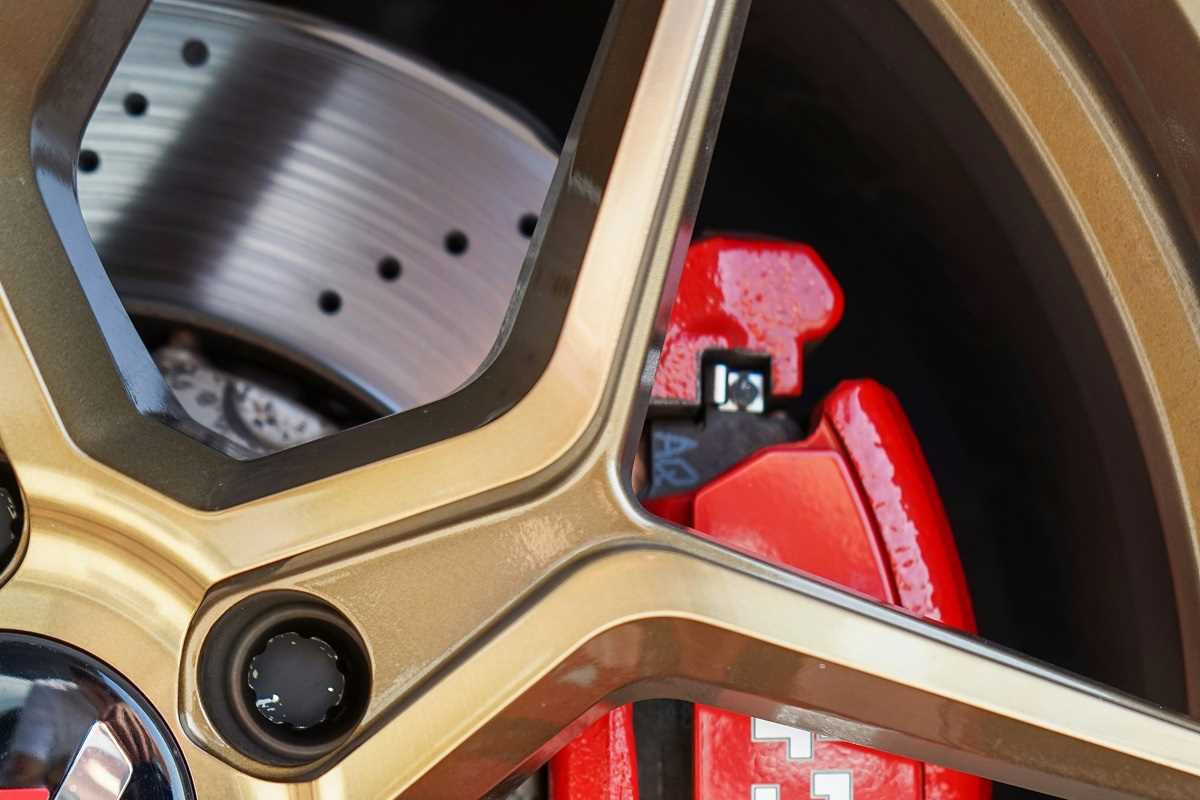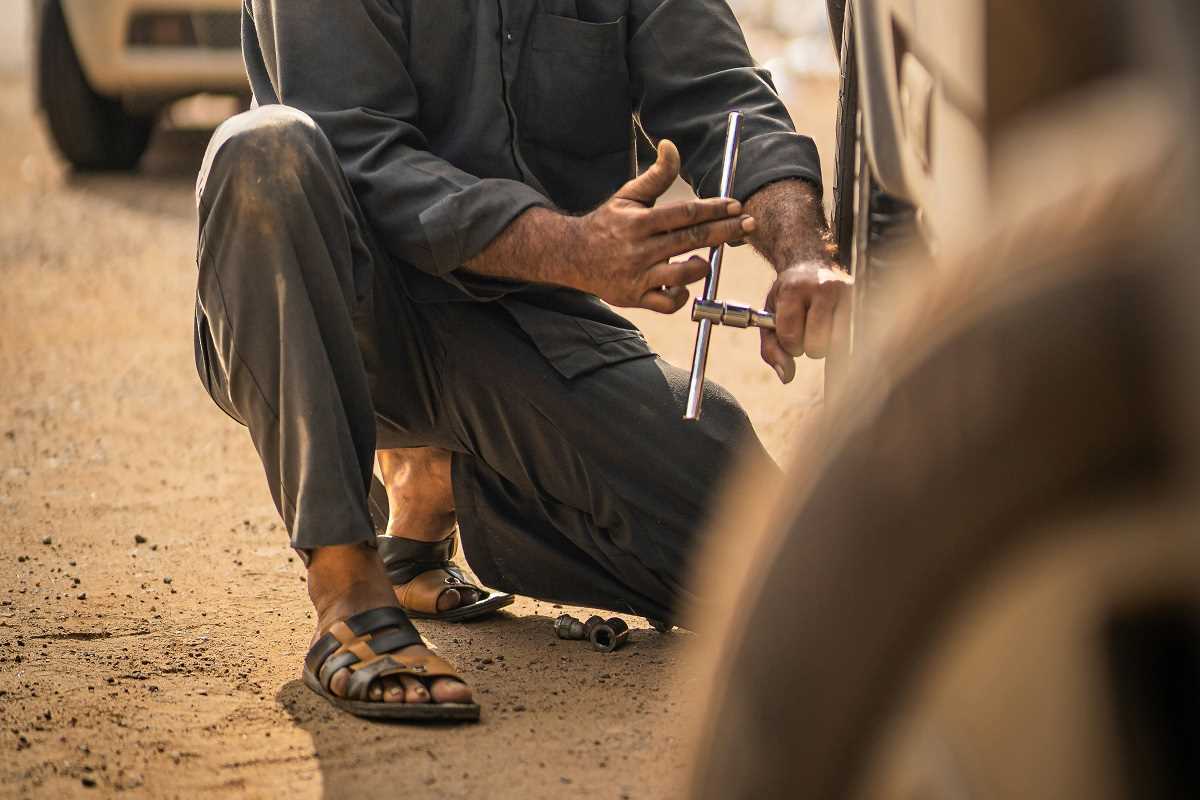Shopping for car insurance can feel like navigating a maze—deductibles, premiums, coverage types—what does it all mean? If you’re unfamiliar with the ins and outs of car insurance, don’t worry; you’re not alone. Figuring out the right policy doesn’t have to be overwhelming. With a little know-how, you can confidently choose a plan that fits your needs and budget. Here’s your beginner-friendly guide to understanding car insurance and finding the perfect policy, explained in plain English!
Why Do You Need Car Insurance?
Before we get into the nitty-gritty, let’s start with the basics. Car insurance isn’t just a nice-to-have; it’s a legal requirement in most places. Beyond the law, it’s also your safety net. Accidents happen, and whether it’s a fender bender or something more serious, insurance can protect you financially by covering repair costs, medical expenses, or even legal fees.
Think of it this way—car insurance is like backup armor for your wallet. Without it, you’re on the hook for bills that can add up to thousands (or even tens of thousands) of dollars.
Key Coverage Types You Should Know
When you’re looking for car insurance, you’ll come across several types of coverage. Each serves a different purpose, and you can choose the ones that make the most sense for you. Here’s a quick breakdown:
1. Liability Insurance (The Mandatory One)
This is required in most states and covers damage or injuries you cause to someone else (their car, property, or medical expenses). It’s important to know that liability insurance only covers others’ expenses—not yours.
2. Collision Coverage
This helps pay for repairs to your car after an accident, regardless of who’s at fault. If you’re driving a newer car or have an auto loan, collision coverage is worth considering.
3. Comprehensive Coverage
“Comprehensive” may sound fancy, but it’s really just protection against non-collision incidents—think theft, vandalism, or even weather-related damage (like hail or falling tree branches).
4. Uninsured/Underinsured Motorist Coverage
What happens if the person who hits you doesn’t have insurance (yes, it happens)? This coverage steps in to protect you from paying out-of-pocket for damages they can’t cover.
5. Personal Injury Protection (PIP) or Medical Payments Coverage
These cover medical expenses for you and your passengers after an accident. Some policies may also cover lost wages if you can’t work due to injuries.
6. Extras
Gap insurance, roadside assistance, rental car coverage—these are add-ons you can consider based on your needs.
Premiums, Deductibles, and Limits — Oh My!
If you’ve started researching car insurance, you’ve probably come across these terms. Here’s a quick guide to understanding them:
- Premium: This is the amount you pay for your insurance policy, usually on a monthly, semi-annual, or annual basis. Think of it as your subscription fee to keep your coverage active.
- Deductible: Your deductible is what you’ll pay out of pocket before your insurance kicks in. For example, if your deductible is $500 and repairs cost $2,000, you’ll pay $500, and your insurance covers the rest. Usually, higher deductibles mean lower premiums, but be sure you can actually afford the deductible amount if something happens.
- Limits: Every policy has limits, which is the maximum amount your insurer will pay out. There’s typically a “per person” and “per accident” limit for bodily injury and property damage. Make sure your limits are high enough to protect you; otherwise, you could be personally responsible for anything over those amounts.
How to Compare Insurance Policies
Once you understand the basics, it’s time to shop around. Not all car insurance policies are created equal, so comparing options is key. Here are some tips:
1. Get Multiple Quotes
Don’t settle for the first offer you get. Most insurance companies give free quotes online or via phone, so take advantage of that. Compare rates for the same coverage types and limits across different insurers.
2. Check for Discounts
Insurance companies often offer discounts for things like taking a defensive driving course, being a good student, bundling policies (like home and auto), or having a clean driving record. Don’t be shy—ask about every possible way to save!
3. Read the Fine Print
Every policy comes with terms and conditions, and while it might be tempting to just skim, don’t. Take time to understand what’s included (and excluded). For instance, some “comprehensive” policies may not cover certain natural disasters, or roadside assistance might only be up to a certain dollar amount.
4. Check Financial Stability and Reviews
Your insurer needs to be reliable, especially when it comes to paying claims. Look up the company’s ratings through organizations like A.M. Best or read customer reviews to get a sense of their service.
5. Assess Customer Service
At some point, you’re likely to need help from your insurance provider—whether it’s filing a claim or clarifying your policy. Research how easy it is to reach their support team and whether customers report smooth problem resolution.
Matching Coverage to Your Lifestyle
The best car insurance policy for you depends on your needs and circumstances. Here are a few scenarios to consider:
- For New Drivers: Look for policies with extra safety features or good driver discounts to help keep costs manageable.
- For Commuters: If you drive long distances daily, higher liability limits and robust collision/comprehensive coverage may be necessary.
- For Budget Shoppers: Focus on liability coverage to meet legal requirements and adjust your deductible to lower premiums—but only if you can afford that deductible.
When to Update Your Policy
Your car insurance needs may change over time, so it’s smart to review your policy annually or whenever a major life event happens, such as:
- Buying a new car
- Moving to a new location
- Adding a new driver to the policy
- Gaining or losing a significant asset (like buying a house)
Choosing the right car insurance policy doesn’t have to be intimidating. Start by understanding the different types of coverage, and don’t be afraid to ask questions. Once you know what you need, shop around, compare quotes, and always look for discounts. With a little effort, you’ll find a policy that keeps you covered without breaking the bank.
Remember, your car insurance is there to protect you—make sure to pick a plan that delivers peace of mind every time you hit the road!
 (Image via
(Image via